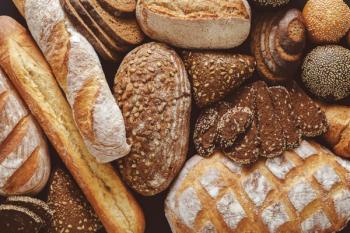
From the Editor: Why is There So Much News?
We want to cover the most relevant stories for you. Here’s how we’re doing it.
It feels like every time I pick up my cell phone I’m inundated with news.
Political analysis. Celebrity gossip. An Instagram update from a friend.
You can’t escape it. The news is everywhere, including on our website and in our magazine.
You may have noticed over the past year we’ve been writing more news on Spectroscopy. There is an important reason for this that I want to address directly with our readers.
The first is that there’s simply more out there for us to write about. Scientists, particularly in academia, are facing immense pressure to publish their work. The saying “
All of this has contributed to an increased demand for news coverage. You can’t possibly read everything that’s out there, so we want to make your job a little bit easier. Our goal is to parse through the noise and identify only the most relevant research and bring it to you in a concise format. We don’t want to be another notification on your phone or a newsletter in your inbox, but a trusted source for the most up-to-date information in spectroscopy and analytical science.
How exactly are we doing this? Good question. The short answer is that we are avid consumers of news ourselves. Our staff editors are constantly reviewing the latest research, media releases, and journal articles to find the information that is most interesting to our readers. We’re talking to scientists and engineers, executives, and business leaders all the time to find out more about the work they’re doing and the topics they’re interested in. We also have an incredibly dedicated Editorial Advisory Board and a team of phenomenal columnists that help guide our direction. We’re extremely grateful for their support.
What I’m trying to say is having a newsletter or publishing daily news articles aren’t just nice-to-haves anymore. These are critical elements of any successful publication, including Spectroscopy, and we look forward to growing our coverage even more in 2024.
Anyway, I know you have lots to read so I’ll keep this short. Send me an email at
Happy reading!
Newsletter
Get essential updates on the latest spectroscopy technologies, regulatory standards, and best practices—subscribe today to Spectroscopy.





